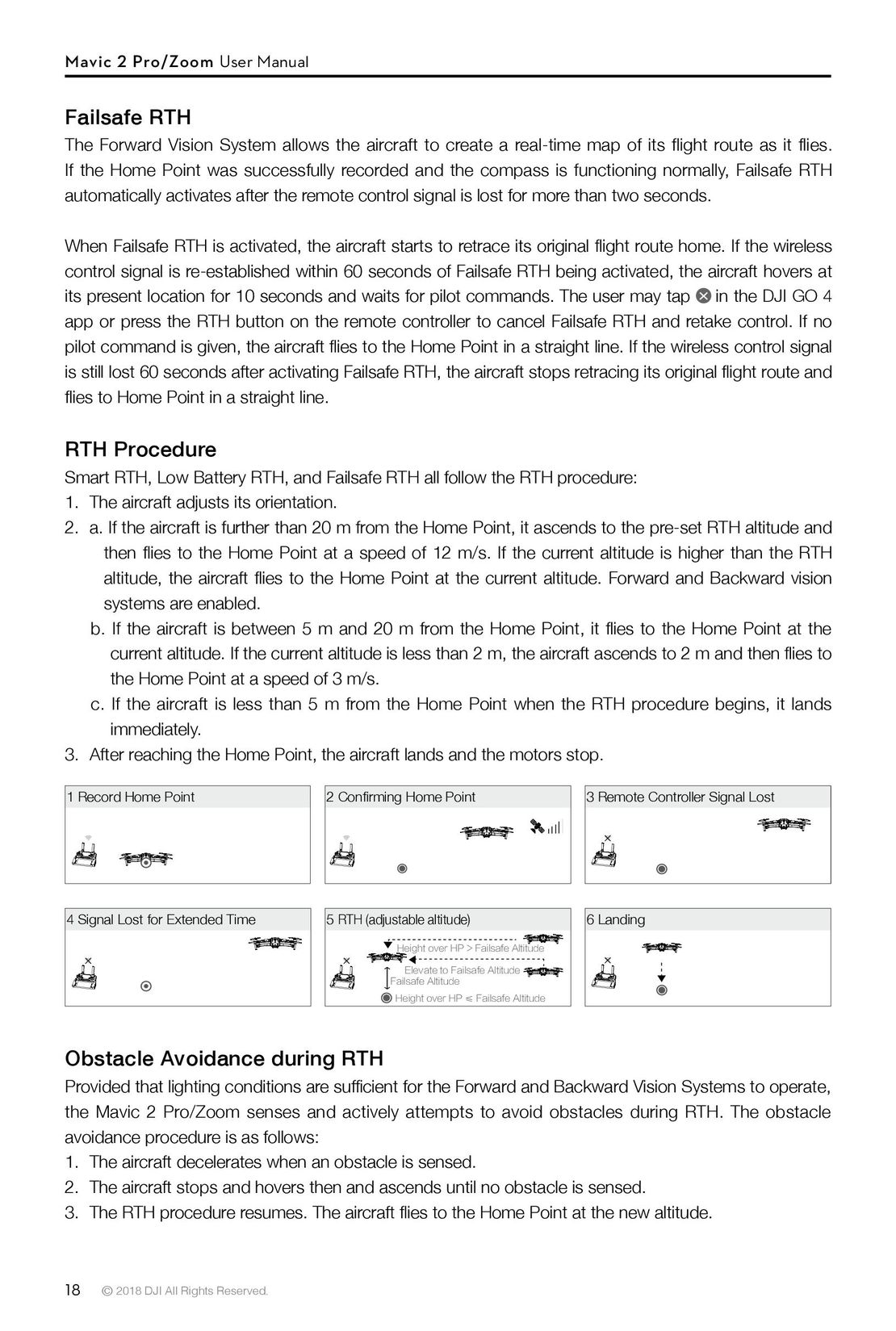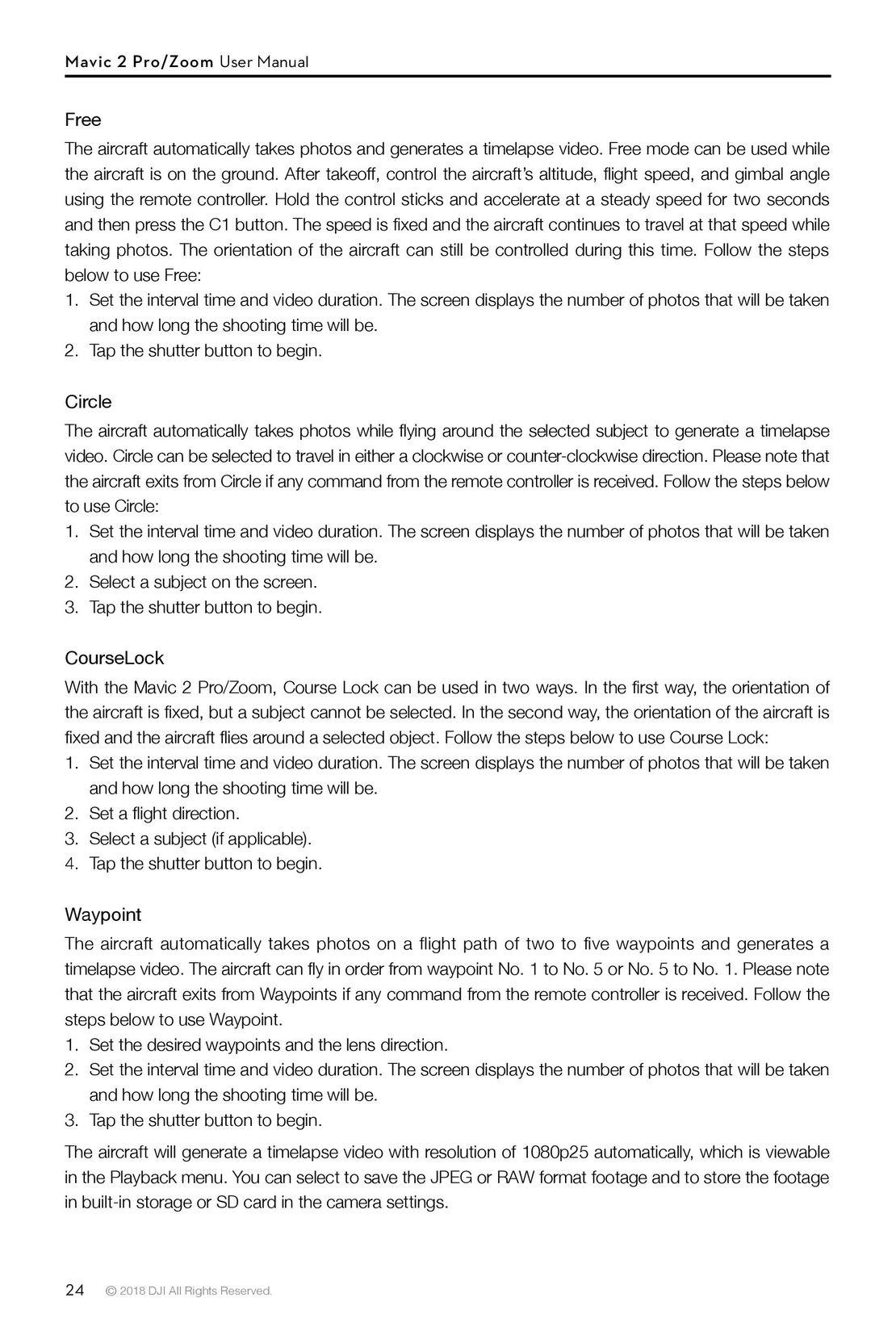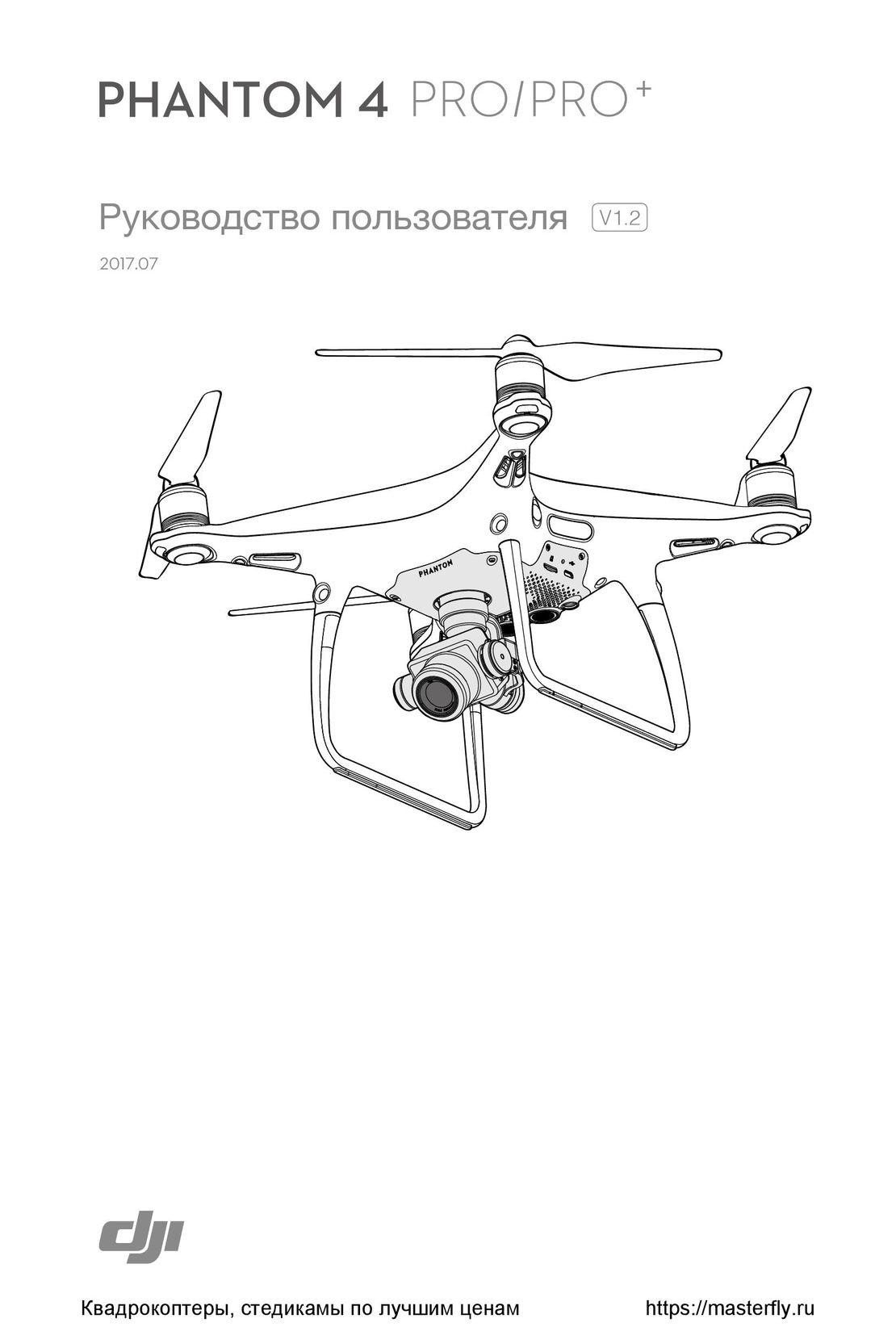Mavic 2 Pro/Zoom User Manual
Calibrating Vision System Cameras
The Vision System cameras installed on the aircraft are factory calibrated. If the aircraft experiences
a collision, however, it may require calibration via DJI Assistant 2 or DJI GO 4.
The most accurate way to calibrate the Vision System cameras is by using DJI Assistant 2.
Follow the steps below to calibrate the Forward Vision System cameras, then repeat the steps
to calibrate other Vision System cameras.
01 02 03
Point the aircraft toward the screen Align the boxes Pan and tilt the aircraft
When a vision system calibration is required, DJI GO 4 sends a notification. If a computer is not nearby,
however, a quick calibration can be performed in the app. Tap the Aircraft Status bar and Vision Sensors
to start quick calibration.
Quick calibration is only a quick fix for vision system issues. When possible, connect the aircraft
to a computer to carry out a full calibration using DJI Assistant 2. Only calibrate on textured
surfaces such as grass or when lighting conditions are adequate.
Do not calibrate the aircraft on highly reflective surfaces such as marble or ceramic tiles.
Using the Vision Systems
The Downward Vision System and Infrared Sensing System activate automatically when the aircraft
is turned on. No further action is required. When using the Downward Vision System, the aircraft can
hover precisely even without GPS.
The Downward Vision System is typically used in indoor environments where GPS is unavailable. The
Downward Vision System works best when the aircraft is at altitudes of 1.6 to 33 ft (0.5 to 11 m). Please
note that the Vision Positioning function may be affected if the aircraft’s altitude is above 33ft (11 m).
© 2018 DJI All Rights Reserved. 21

 16
16 17
17 18
18 19
19 20
20 22
22 23
23 24
24 25
25 26
26 DJI Phantom 3 Standard инструкция на русском
DJI Phantom 3 Standard инструкция на русском DJI Phantom 4 Pro Plus инструкция на русском
DJI Phantom 4 Pro Plus инструкция на русском DJI Phantom 3 Advanced инструкция на русском
DJI Phantom 3 Advanced инструкция на русском Syma X54HW X54HC инструкция на русском
Syma X54HW X54HC инструкция на русском Syma X5UW инструкция на русском
Syma X5UW инструкция на русском DJI Mavic Pro и Pro Platinum инструкция на русском
DJI Mavic Pro и Pro Platinum инструкция на русском